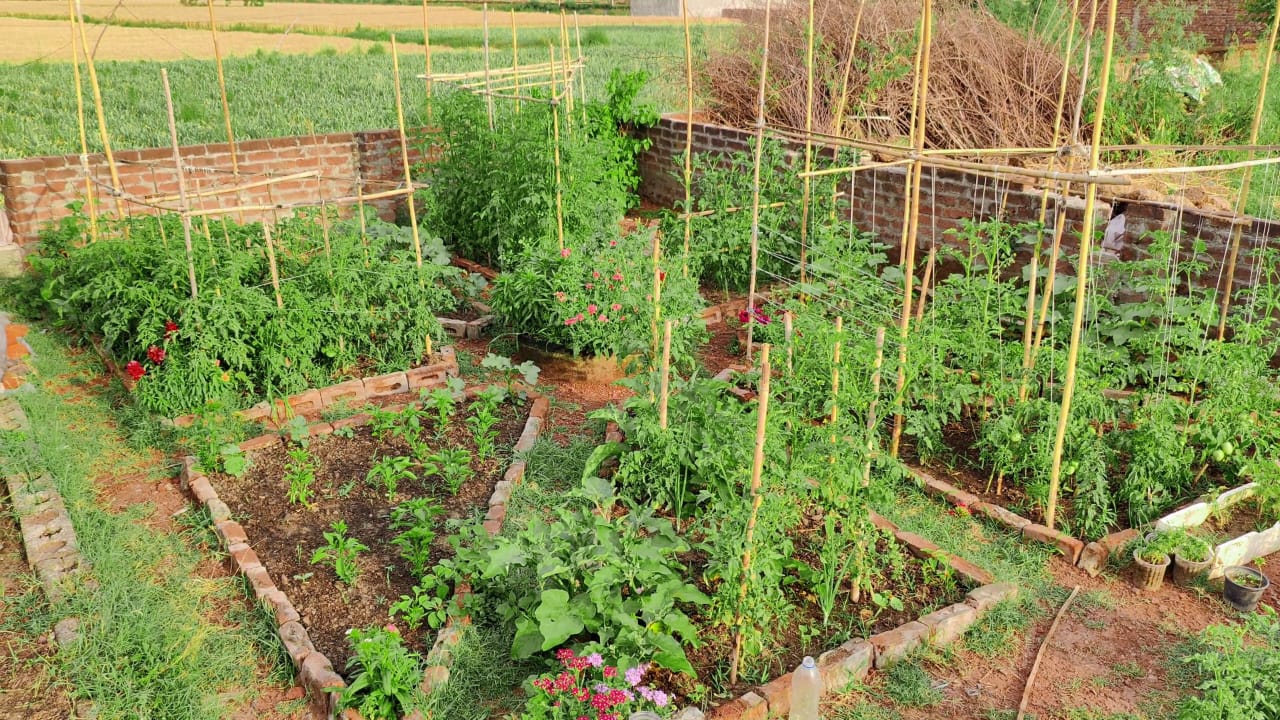Keeping the paths in your vegetable garden clean and free of weeds is an important but often difficult job. These places can be quickly taken over by weeds, especially tough ones like Bermuda grass. Without them, the garden will be messy, and your veggies will lose water, nutrients, and sunlight. This competition can hurt your plants’ health and productivity, so it’s important to use effective methods to get rid of bugs and keep your garden paths clean.
Why is controlling weeds important?
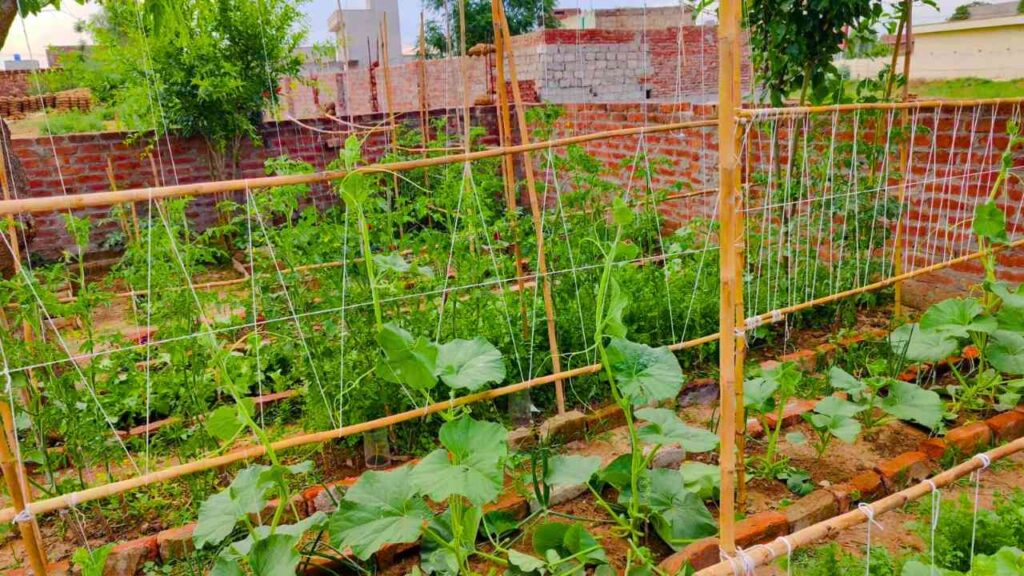
Weeds are not only ugly in the yard; they are also hazardous for your plants. Weeds that grow in the paths of your veggie garden do more than just spread out on the ground; they also eat your vegetables. This competition can hinder plant growth and access to necessary resources. For plants to grow properly, they need water, nutrients, and sunlight. But when weeds take over, they often take these things away from your veggies. Because of this, your crops might not grow as well, and they might not produce as much total.
Weeding your yard’s paths will help your vegetables grow. A successful plan for getting rid of weeds also stops the spread of alien plants like Bermuda grass, which can quickly take root and grow out of control.
Step One: Get rid of all the weeds
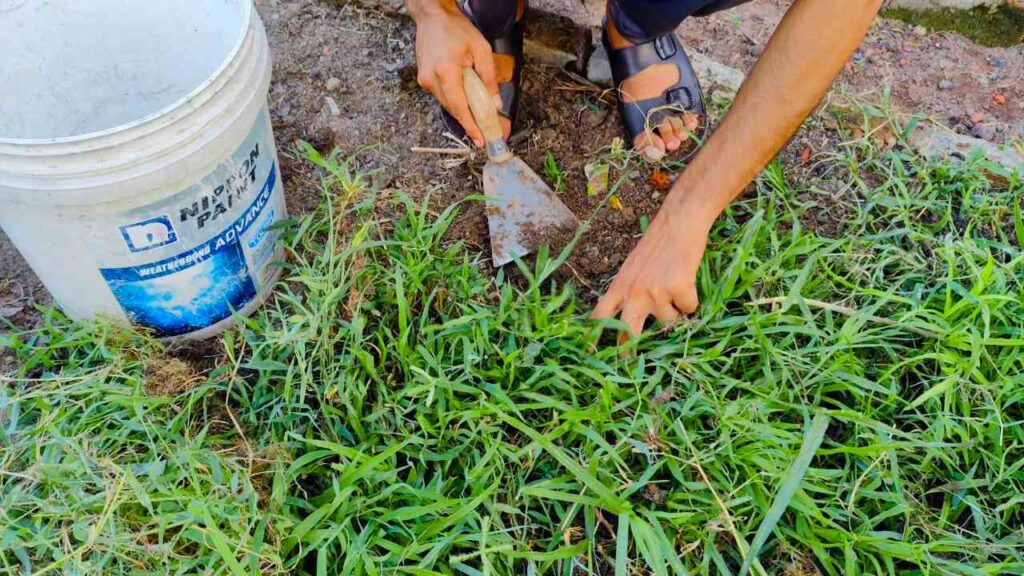
The first and most important step in making paths free of weeds is to remove all of them carefully. When it has just rained a little, the dirt is soft and easy to work with. The roots of weeds are much easier to pull out when the ground is wet. Bermuda grass and other weeds can be very stubborn because they spread quickly through underground runners. A garden fork or hand trowel can help you break up the dirt and get the roots out, which will keep the weeds from growing back right away.
It may be tempting to hurry through this job, but it’s important to do it right the first time. Long-term, pulling weeds out by their stems won’t help This is This is because the roots will remain in the ground, which allows the weeds to regrow. Removing weeds the right way will save you a lot of work in the long run because you won’t have to do it as often and your garden will stay clean.
Step Two: Building a wall to stop regrowth
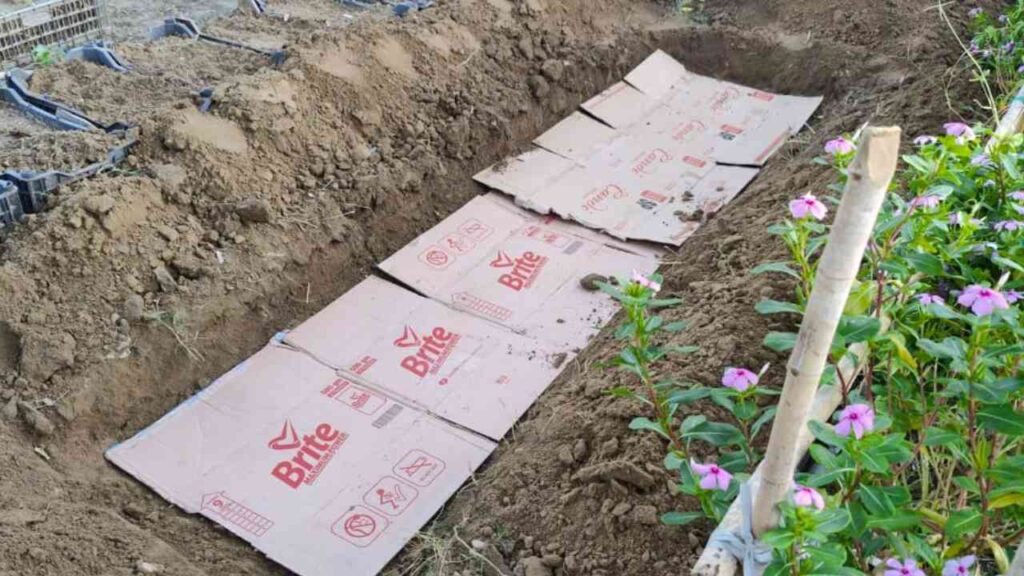
You must remove the weeds in the paths before planting anything else in your yard. Putting a layer of cardboard over the whole path is a simple answer that works very well. Flatten the cardboard and overlap the sides to prevent weed growth. The goal is to keep sunlight from getting to the dirt, since weeds need light to grow.
If you don’t have cardboard on hand, you can use old newspapers, books, or even worn-out clothes. Making sure the layer is thick enough to block sunlight is important for this method. The cardboard or other materials will break down over time, adding nutrients to the earth below and stopping weeds from growing. This natural process of breaking down helps keep weeds away and adds organic matter to the soil, which improves it overall.
Step 3: Mulching for Extra Protection

Once the cardboard is in place, the dirt should be added on top. Mulch is a very useful material that can be used in many ways. It can improve the appearance and functionality of your yard paths in several ways. To begin with, it does a fantastic job of killing weeds. Adding a thick layer of mulch over the cardboard creates an extra barrier that keeps light from reaching the soil, which makes it even harder for weeds to grow.
But mulch does more than just keep bugs away. It also helps the land keep its moisture, which is essential when it’s dry. Because mulch slows down evaporation, it keeps the soil wet and gives your plants the water they need. Additionally, dirt can improve the look of your paths, giving them a clean and organized look.
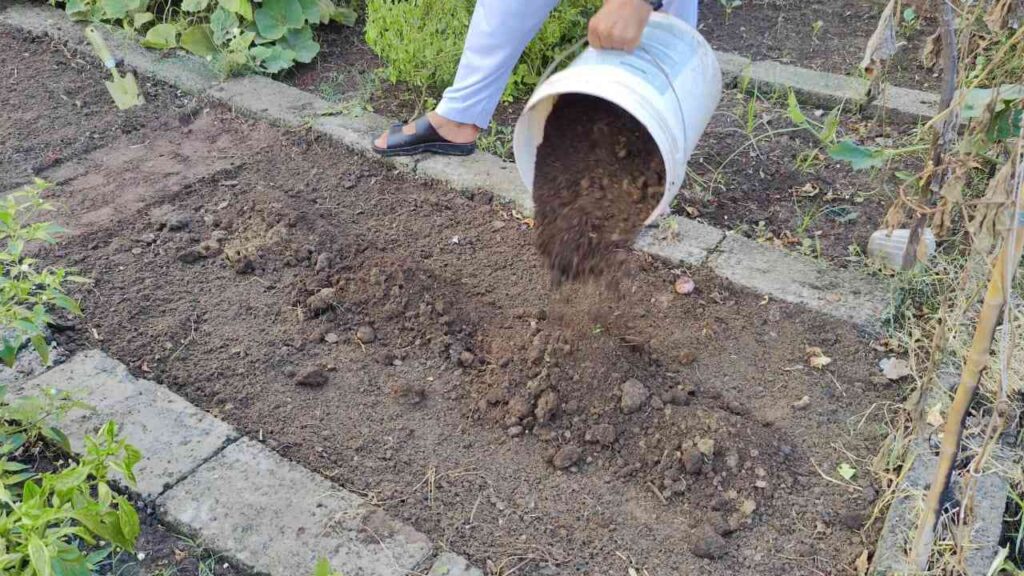
There are different kinds of mulch, but sawdust is one of the most common ones. Other effective options include dry leaves, straw, pine needles, and wood chips. Be sure there are no gaps in the dirt that weeds could grow through. Spread it out evenly and uniformly. Covering your paths with a thick layer of mulch will not only help keep them clean, but it will also make your garden look nice.
Step Four: Settling the Layers with Water
After putting down the mulch, the last thing you need to do is water the whole walk. The layers of cardboard and mulch stay in place better when they’re watered, making a strong shield against weeds. Also, watering starts the process of the cardboard and soil breaking down, which turns them into rich organic matter over time. The materials will continue to improve the earth below as they break down, which will be beneficial for your garden in the long run.
Do not be afraid to add more mulch if you see that it is becoming less dense over time. To keep weeds from coming back, it’s important to keep a thick layer of mulch on top of the soil. Mulching the path will reduce weeds and improve soil health, fertility, and water retention.
The Benefits of This Method
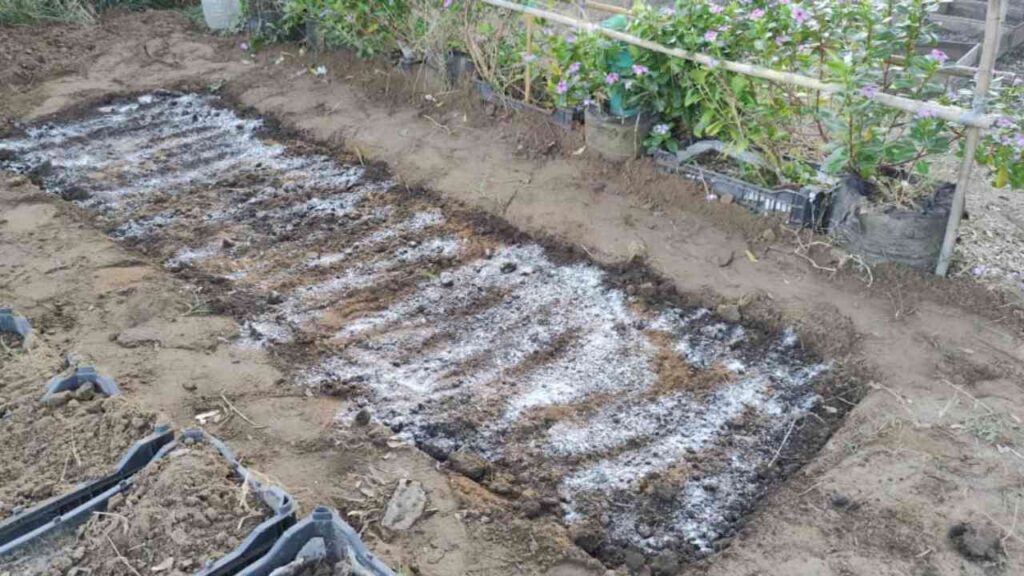
One of the best things about this way of keeping paths clean is that it is simple and doesn’t cost much. The things that are used, like cardboard, mulch, and kitchen scraps, are usually very cheap or even free. The process is an eco-friendly way to solve the problem without having to buy expensive commercial goods. You can help reduce trash in landfills and improve the quality of your garden soil by reusing things that would otherwise be thrown away.
In addition to being beneficial for the environment, this method makes your yard a nice, well-organized place to work. The clean paths not only look better, but they are also more comfortable to walk on while you take care of your plants. Once you’ve gotten rid of the weeds, you can focus on taking care of your vegetables instead of fighting them all the time.
This method can be used with any size garden, from a small plot in your backyard to a big food garden. It’s a flexible solution that can be used in many gardening settings because you can change it to fit the materials you have.
Conclusion
It doesn’t have to be hard to keep the paths in your vegetable yard clean. To keep your garden paths clean and weed-free, just do these simple things: get rid of all the weeds, put up a barrier with cardboard or something else, add a thick layer of mulch, and water to settle the layers. This method not only works, but it also saves money and is beneficial for the environment. With a little work, you can keep your garden neat and beautiful while also making sure that your food plants have access to the things they need to grow strong and healthy.

